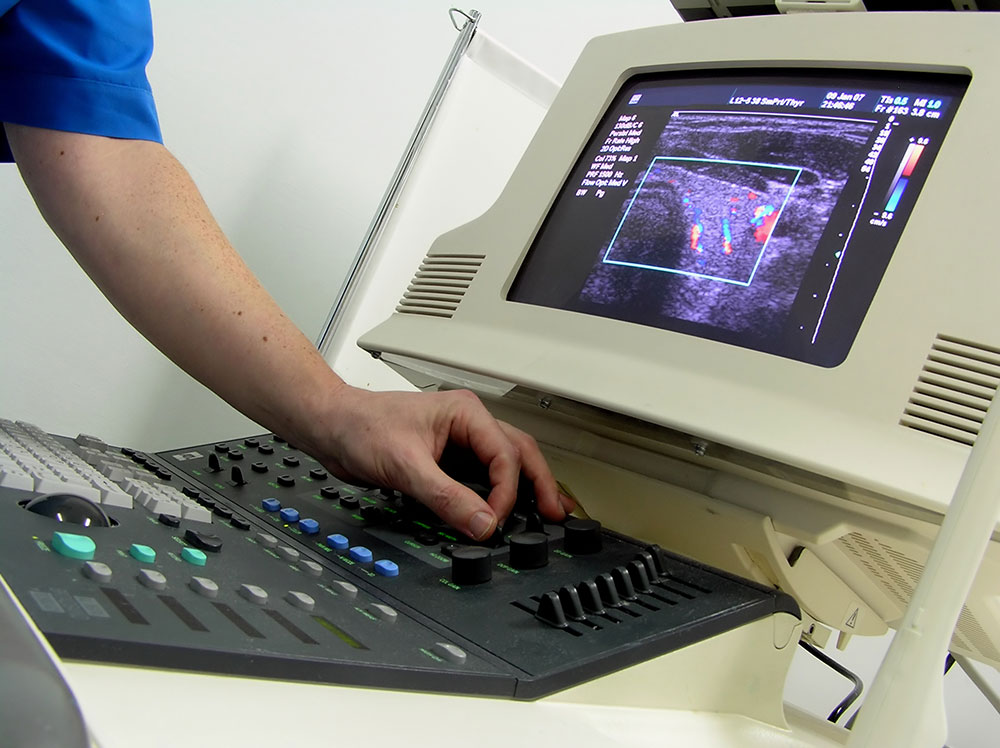what is transvaginal ultrasounds, Procedure, and Benefits

When it comes to women’s health, transvaginal ultrasounds play a vital role in diagnosing various conditions. This specialized imaging technique allows healthcare providers to obtain detailed images of pelvic organs, including the uterus and ovaries. In this blog, we will explore what is transvaginal ultrasounds. why they are performed, the procedure itself, and the numerous benefits they offer.
What is a Transvaginal Ultrasound?
A transvaginal ultrasound is a type of pelvic ultrasound that involves inserting a small transducer into the vagina. This device emits sound waves, creating images of the internal pelvic structures. Unlike abdominal ultrasounds, transvaginal ultrasounds provide clearer and more detailed images because the transducer is positioned closer to the organs being examined.
Why is a Transvaginal Ultrasound Important?
Transvaginal ultrasounds are crucial for diagnosing a variety of conditions. For instance, they help identify issues such as ovarian cysts, uterine fibroids, and abnormal bleeding. Moreover, this procedure plays a significant role in monitoring pregnancy, particularly in the early stages.
Indications for a Transvaginal Ultrasound
Healthcare providers may recommend a transvaginal ultrasound for several reasons, including:
- Pelvic Pain: If a patient experiences unexplained pelvic pain, a transvaginal ultrasound can help identify potential causes.
- Abnormal Bleeding: Women who experience heavy or irregular bleeding may need this ultrasound to assess the condition of their uterus and ovaries.
- Fertility Issues: For women facing difficulties conceiving, this procedure can evaluate the reproductive organs and identify any abnormalities.
- Monitoring Pregnancy: Healthcare providers often use transvaginal ultrasounds to monitor early pregnancy and assess fetal development, especially in high-risk cases.
- Evaluation of Pelvic Masses: Any unusual growths in the pelvic region warrant further investigation, and transvaginal ultrasounds provide essential information.
The Procedure: What to Expect
If your doctor recommends a transvaginal ultrasound, understanding the procedure can alleviate any anxiety. Here’s a step-by-step overview of what happens during the test:
Preparation
Preparation for a transvaginal ultrasound is generally straightforward. Your doctor may advise you to empty your bladder before the procedure, as a full bladder can make the examination more comfortable. However, specific instructions may vary, so always follow your healthcare provider’s recommendations.
During the Test
- Positioning: You will lie on an examination table, typically in a position similar to that used for a gynecological exam.
- Application of Gel: The technician will apply a warm, water-based gel to the transducer. This gel helps facilitate the transmission of sound waves.
- Insertion of the Transducer: The technician gently inserts the transducer into the vagina. While this may feel a bit uncomfortable, it should not be painful. The technician will then move the transducer to capture images of the pelvic organs.
- Duration: The entire procedure usually lasts about 15 to 30 minutes, depending on the complexity of the examination.
After the Test
Once the transvaginal ultrasound is complete, you can typically resume normal activities immediately. The technician may share preliminary findings, but your healthcare provider will discuss the detailed results during a follow-up appointment.
Understanding the Results
After the transvaginal ultrasound, your healthcare provider will interpret the images. Here’s what you might encounter in your results:
Normal Results
A normal transvaginal ultrasound indicates that the pelvic organs appear healthy and without abnormalities. Your doctor may reassure you and suggest routine follow-ups.
Abnormal Results
Abnormal results may reveal various issues, such as:
- Ovarian Cysts: Fluid-filled sacs that can develop on the ovaries. While most are harmless, some may require further monitoring.
- Uterine Fibroids: Non-cancerous growths in the uterus that can lead to symptoms like heavy menstrual bleeding.
- Endometriosis: A condition where tissue similar to the uterine lining grows outside the uterus, often causing pain and discomfort.
- Ectopic Pregnancy: A serious condition where a fertilized egg implants outside the uterus, requiring immediate medical attention.
Benefits of Transvaginal Ultrasounds
Transvaginal ultrasounds offer numerous advantages for both patients and healthcare providers:
- High-Quality Images: Since the transducer is closer to the organs, this ultrasound method provides clearer and more detailed images than abdominal ultrasounds.
- Non-invasive Nature: The procedure is non-invasive and does not require any incisions or anesthesia, minimizing risks for the patient.
- Quick and Efficient: The test usually lasts less than 30 minutes, making it a convenient option for patients.
- Real-Time Results: The ability to visualize organs in real time allows healthcare providers to make quicker diagnostic decisions.
- Guidance for Procedures: Healthcare providers can use transvaginal ultrasound to guide certain minimally invasive procedures, enhancing safety and accuracy.
Limitations of Transvaginal Ultrasounds
While transvaginal ultrasounds are highly effective, they do have some limitations:
- Comfort Levels: Some patients may feel uncomfortable during the procedure, especially if they have a history of pelvic pain.
- Operator Dependence: The quality of the results can depend on the technician’s skill and experience.
- Potential Need for Further Testing: If the ultrasound reveals abnormalities, additional tests may be necessary to confirm a diagnosis.
The Future of Transvaginal Imaging
The field of imaging is constantly evolving, and transvaginal ultrasounds are no exception. Advancements in technology continue to enhance the quality of imaging and expand the capabilities of ultrasounds. For instance, innovations like 3D ultrasounds offer more comprehensive views of pelvic structures, improving diagnostic accuracy. Additionally, integrating artificial intelligence into imaging can streamline the analysis process, helping healthcare providers identify issues more efficiently.
Conclusion
In summary, transvaginal ultrasounds serve as a crucial tool in diagnosing and managing various conditions affecting women’s health. By providing detailed images of pelvic organs, this non-invasive procedure allows healthcare providers to make informed decisions about diagnosis and treatment. If you experience symptoms related to your pelvic health, consult your healthcare provider about the possibility of undergoing a transvaginal ultrasound. Early diagnosis and intervention can significantly impact your overall well-being.
Understanding the purpose, procedure, and benefits of transvaginal ultrasounds empowers you to take charge of your health. Stay informed, ask questions, and work closely with your healthcare provider to ensure you receive the best possible care.
4o mini



